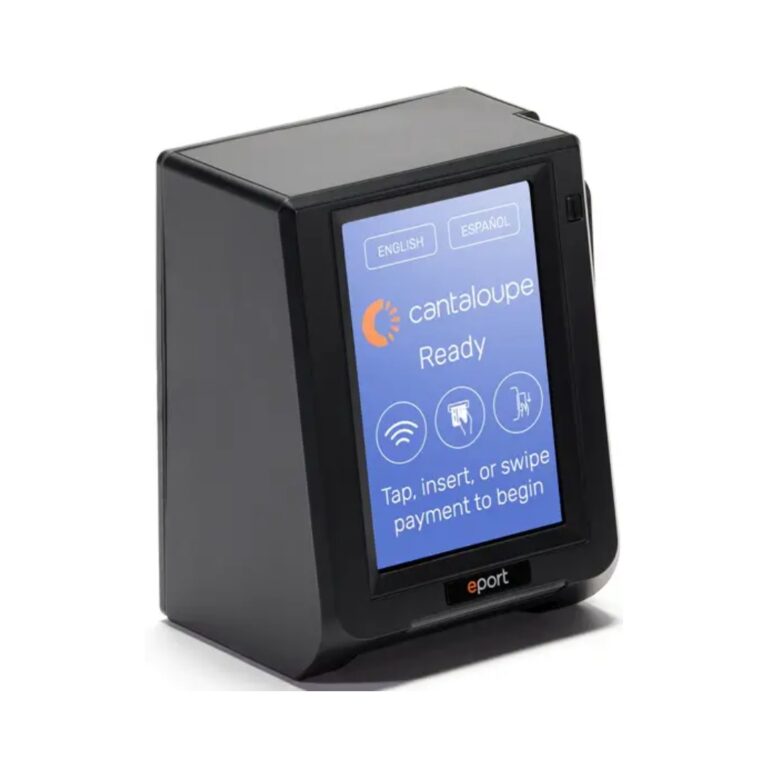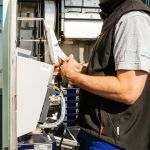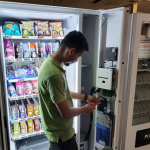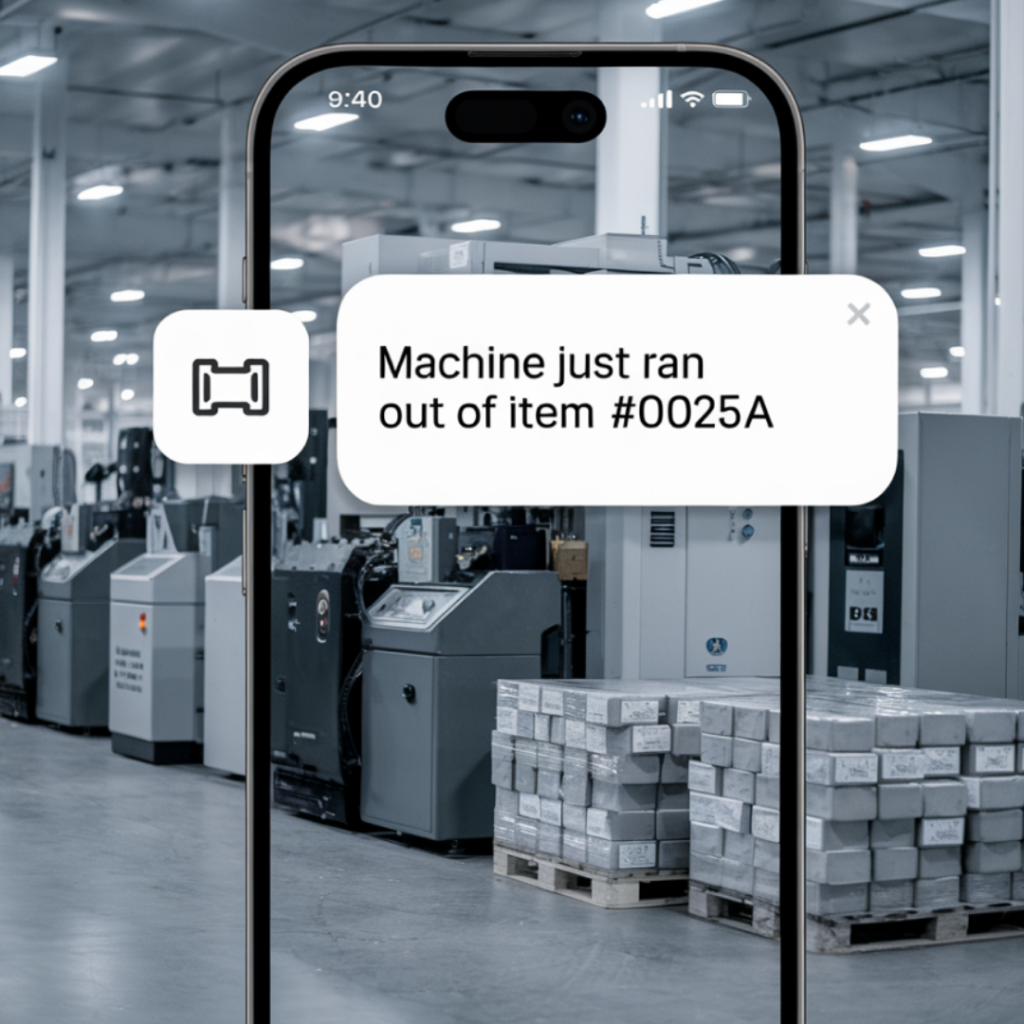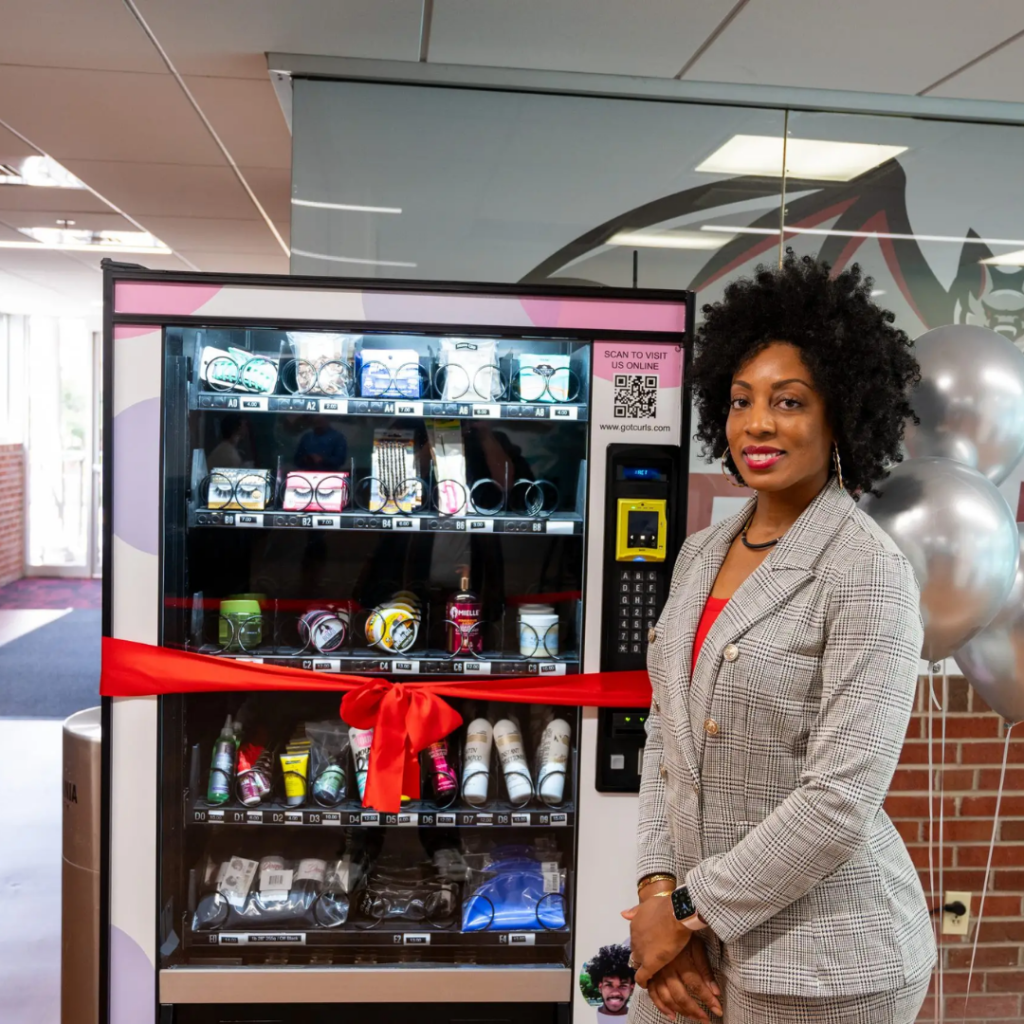Export ready American built machines in stock, shipping from Miami
How to Start a Coffee Vending Machine Business | Complete Guide
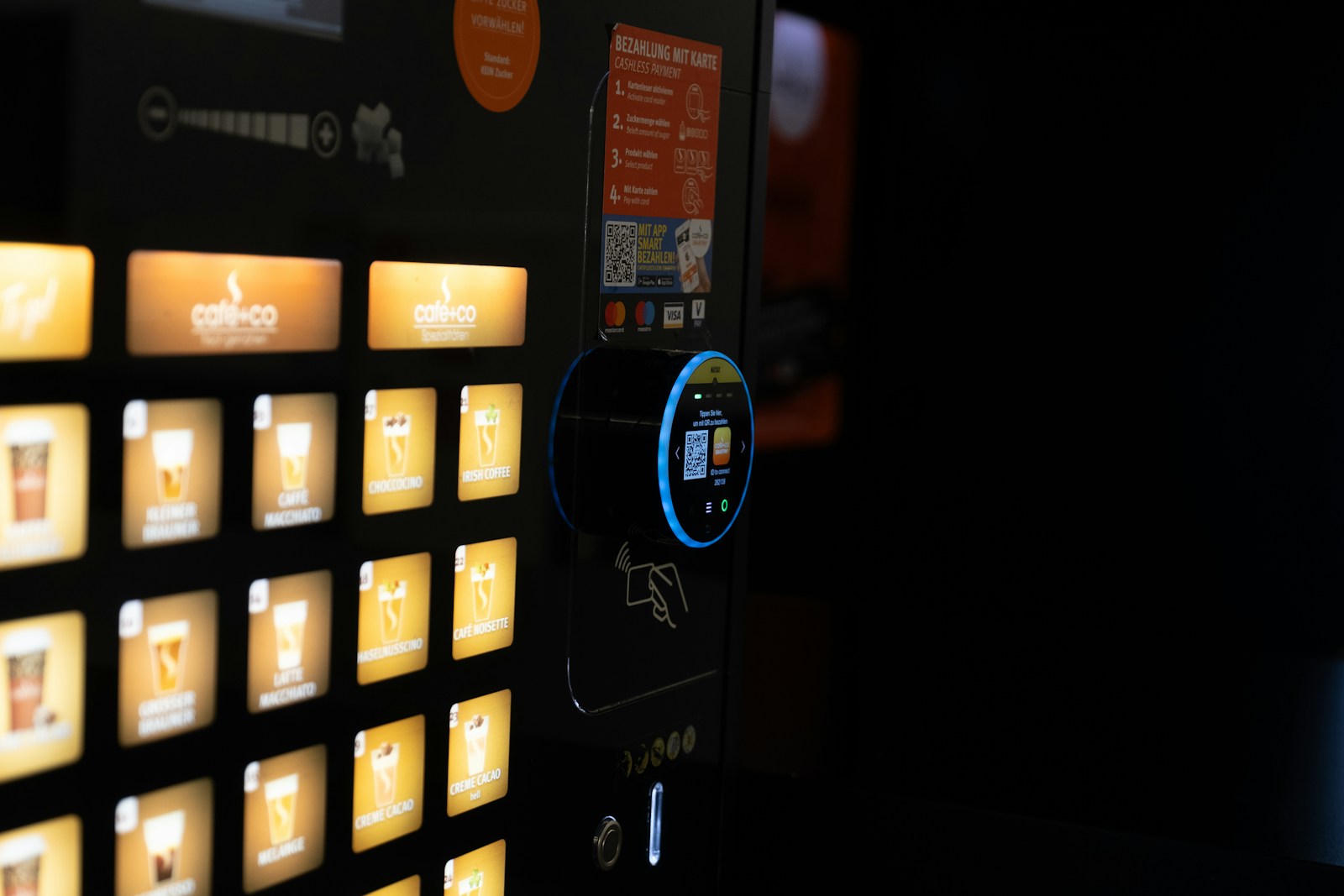
Introduction
If you’ve ever wondered how to start a coffee vending machine business, the answer is simpler than you think—and the opportunity is larger than most first-time operators realize. Coffee is one of the most consumed beverages in the world, with millions of people depending on it daily. Unlike traditional cafés, which require heavy startup investment, staff, and ongoing expenses, a coffee vending machine business offers a leaner path. With the right machine and a good location, you can serve coffee around the clock, even when you’re not there.
Modern coffee vending machines are designed to make this business model scalable. They’re reliable, easy to maintain, and capable of serving hundreds of cups per day. For entrepreneurs, this means recurring revenue without the headaches of traditional food service. Whether you’re placing a single machine in a small office or building a network across universities and hospitals, the business can start small and grow steadily with demand.
Why Start a Coffee Vending Machine Business?
The appeal of a coffee vending machine business lies in three powerful factors: consistent demand, low overhead, and scalability. Coffee is not a seasonal product; it sells year-round, across all demographics. From students cramming for exams to nurses working night shifts, coffee is more than a beverage—it’s a necessity. By placing machines where people need it most, you create a business that runs 24/7, automatically generating sales.
Unlike cafés or restaurants, there’s no need to hire staff, rent large spaces, or manage complex supply chains. The machines themselves act as both staff and storefront. With routine restocking and maintenance, you can keep operations lean and efficient. That’s why many entrepreneurs choose this model as their entry point into automated retail. If you’re asking how to start a coffee vending machine business with minimal risk, this is one of the best options available today.
Of course, the key question for most entrepreneurs is profitability. The cost per cup is low, while the selling price remains attractive. We’ve broken down the numbers in a detailed guide on coffee vending machine profits, showing why this category outperforms many other vending options. With high margins, flexible placement opportunities, and steady customer demand, the case for starting is strong.
Steps to Start a Coffee Vending Machine Business
Step 1: Research the Market
Success starts with location. Look for areas with steady traffic and clear demand—offices, gyms, hospitals, schools, and retail lobbies are top choices. Evaluate how many people pass through daily, how long they stay, and whether other coffee options are nearby. A machine placed in a busy staff break room or waiting area can generate significant sales simply by being convenient. When you research thoroughly, you reduce the risk and maximize your chances of success.
Step 2: Choose the Right Machine
The machine you choose will define your offering. Modern coffee vending machines come in different designs for different needs:
- Coffee and Hot Beverage Vending Machine – Ideal for offices, hotels, or lobbies where customers expect classic options like coffee, cappuccino, and hot chocolate.
- Coffee and Snack Vending Machine – A smart option for schools, gyms, or universities where people often want both drinks and snacks in one stop.
- Tabletop Coffee Vending Machine – Compact, space-saving, and perfect for small offices or co-working spaces with steady but lower-volume demand.
- CorePro Coffee Vending Machine – Designed for high-traffic sites like airports or hospitals, capable of serving hundreds of cups daily with minimal downtime.
- Pro Coffee Vending Machine – Built for entrepreneurs who want to expand quickly, with fast shipping and reliable performance that makes scaling easier.
Choosing the right machine for the right location is critical. A small tabletop unit may work in a co-working space but won’t keep up in a hospital. On the other hand, a heavy-duty unit may be excessive for a small office. Matching model to demand ensures both user satisfaction and operator profitability.
Step 3: Secure Prime Locations
Once you’ve researched the market and selected your machine, the next step in how to start a coffee vending machine business is negotiating placement. Property managers and business owners want to provide amenities without extra cost. By offering a machine that serves staff, students, or visitors, you create a win-win. They gain convenience, and you gain a revenue-generating location. Focus on areas where people spend time and need easy access to coffee: offices, gyms, hospitals, universities, or transport hubs.
Step 4: Financing and Budgeting
One of the reasons many operators choose this business is the manageable startup cost. You don’t need to open a café or rent a storefront; you only need to invest in a machine and place it in the right location. Still, smart budgeting is crucial. Plan for the cost of the machine, supplies like coffee and cups, and routine maintenance. Many new entrepreneurs spread the upfront investment by using financing options, which allow them to get started with less capital and scale faster. This approach reduces risk while giving you the flexibility to expand once profits start flowing.
Step 5: Stocking and Maintenance
A machine may run automatically, but it still needs attention. Operators must stock ingredients like coffee beans or powder, milk, sugar, cups, and stirrers. Regular cleaning is equally important, especially in high-traffic areas, to ensure hygiene and consistent taste. Machines like the CorePro Coffee Vending Machine and Pro Coffee Vending Machine are designed with reliability in mind, minimizing downtime and reducing the workload for operators. Keeping a consistent schedule for restocking and cleaning helps protect both your profits and your reputation with location partners.
Step 6: Scaling Your Business
After your first machine is running smoothly, expansion becomes the natural next step. Scaling a coffee vending machine business is straightforward: reinvest profits into new machines and secure more locations. Models like the Pro Coffee Vending Machine make scaling easier thanks to quick shipping and dependable performance. Every new location increases your revenue stream and strengthens your position as a vending operator. Learning how to start a coffee vending machine business is just the beginning—the real success comes when you multiply machines across prime locations.
Benefits of a Coffee Vending Machine Business
Starting this type of business has several clear advantages. First, margins are excellent. Coffee costs pennies per serving, yet customers are willing to pay dollars for convenience. Second, machines work around the clock, generating revenue even when you’re asleep. Third, you can operate multiple machines with very little labor compared to a traditional café. By choosing the right mix of models—compact units like the Tabletop Coffee Vending Machine for offices and heavy-duty machines like the CorePro Coffee Vending Machine for high-volume sites—you can tailor your business to fit different environments.
For operators who want to evaluate profits in greater detail, our guide on coffee vending machine profitability explores costs, margins, and revenue potential. With the right approach, a single machine can quickly turn into a network that generates long-term, reliable income.
Mistakes to Avoid
While the business is straightforward, new operators sometimes make avoidable mistakes. The most common is placing the wrong machine in the wrong location. A small tabletop unit won’t survive in a hospital lobby, while a large commercial unit may be excessive for a ten-person office. Another mistake is ignoring payment technology. Customers expect cashless and mobile options, so ensure your machines accept modern payments. Finally, don’t neglect cleaning and restocking schedules—nothing ruins a good location faster than a machine that’s empty or poorly maintained. Avoid these pitfalls, and your chances of success increase dramatically.
Conclusion
Now you have a clear understanding of how to start a coffee vending machine business: research your market, choose the right machine, secure prime locations, budget wisely, and keep operations consistent. With demand for coffee stronger than ever and machines built to serve efficiently, this is one of the most accessible and scalable opportunities in vending today.
Explore our complete range of coffee vending machines to find the model that fits your goals. Whether you’re placing your first machine in a small office or scaling across high-traffic sites, the path to a profitable, automated business starts with the right equipment and the right plan.


